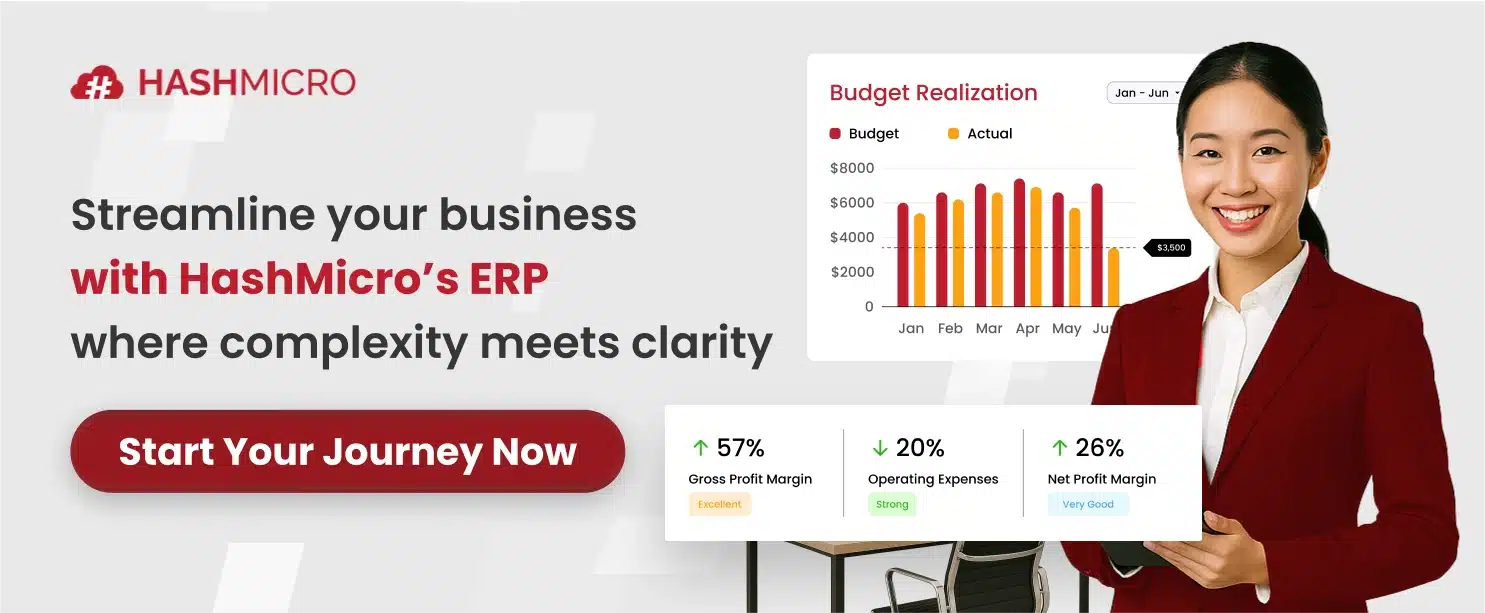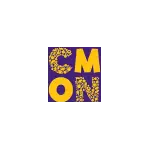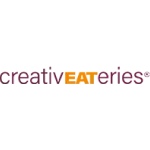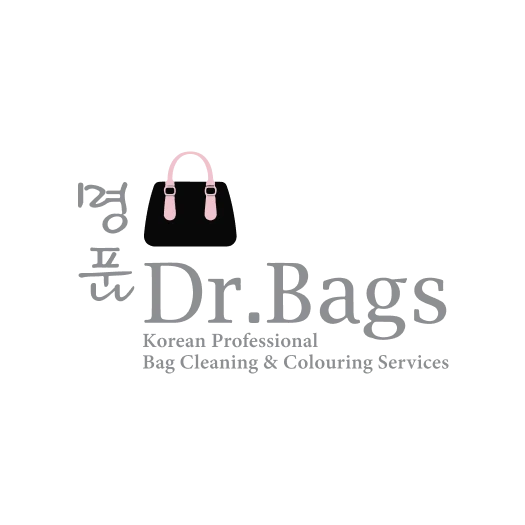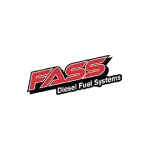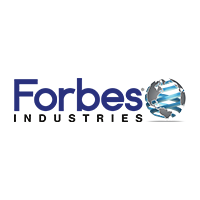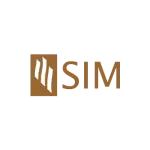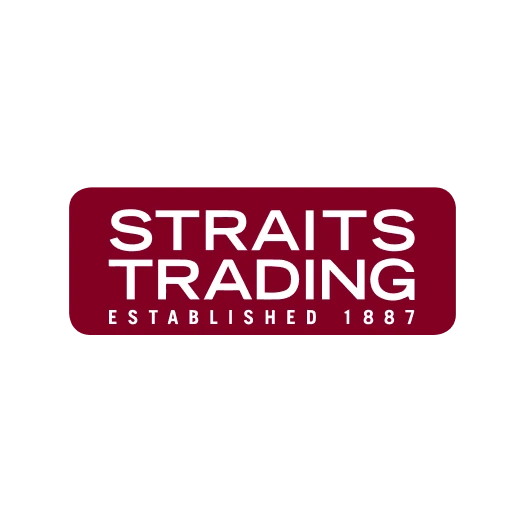In today’s fast-paced business world, efficiency determines success, especially in Singapore’s dynamic landscape. I’ve seen many industries turn to technology to boost productivity, and one powerful option is SaaS-based cloud ERP system.
At first, I felt uncertain about choosing between modern cloud infrastructure and traditional in-house systems. It’s a big decision that could shape the future of my business, and like any business owner, I wanted to make the right choice.
That’s why I decided to explore cloud ERP more deeply. In this article, I’ll share what I’ve learned so far and guide you through the options, so together we can discover the best solution for your business journey.
Key Takeaways
|
What is SaaS?

SaaS, known as Software as a Service, is a software delivery model or application delivered via the Internet. In this model, the software isn’t installed on the user’s computer locally but is hosted on a remote server operated by the SaaS service provider. This means users can access the software or application through the internet without needing to install or run it on their own computers.
This method of SaaS hosting allows companies to access and use software or applications without managing complex IT infrastructure. It reduces internal workload concerning software maintenance and updates, as well as the need to own servers and hardware.
SaaS is commonly used across various types of companies in Singapore, from small to large enterprises. It’s particularly suitable for general applications such as financial management, human resources management, team collaboration, and business productivity tools.
Moreover, SaaS finds extensive use in the IT industry, financial services, e-commerce, and many other sectors. With SaaS, companies can access the software and applications they need more flexibly and efficiently.
What is SaaS ERP?
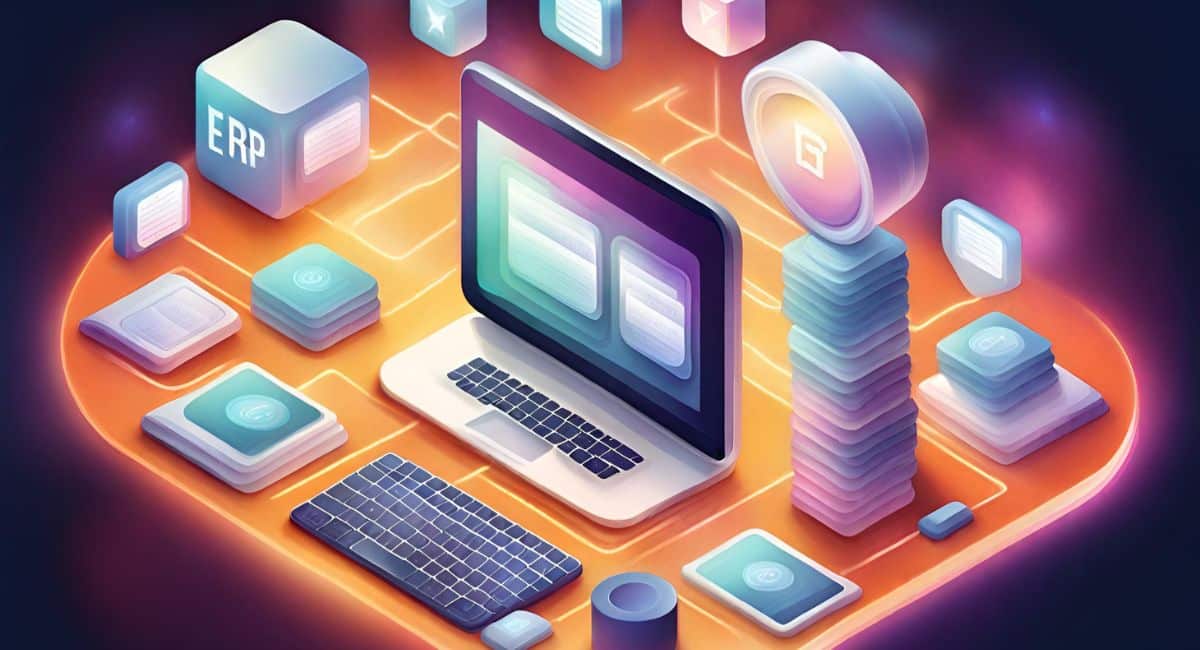
SaaS ERP stands as one of the cloud-based ERP solution models. This system, SaaS cloud-based ERP, enables businesses to use hardware or servers simultaneously. However, it’s important to note that SaaS ERP allows businesses to access the software without managing their own hardware or servers.
So, as a user, you can access this software application remotely through the internet or other software service provider networks.
Moreover, its hosting type is accessible via the web, eliminating the need for companies to manage internal network infrastructures. You’ll solely use the application without concerning yourself with understanding or managing aspects like data storage or application maintenance, as those are services provided by the service provider.
SaaS ERP software, also often referred to as ERP (Enterprise Resource Planning) subscription, is a business model where companies or organizations pay a subscription fee to use ERP software.
In the ERP subscription model, companies don’t purchase ERP software licenses permanently. Instead, they pay regular subscription fees (monthly or annually, for instance) to access and use the software.
Vendors offering SaaS ERP applications typically cater to companies needing less complex customization, making implementation faster and less complicated, especially for small and medium-sized enterprises.
Therefore, SaaS ERP software is the most popular model for small businesses. However, it’s important to note that this system is suitable for various business types regardless of their size. Aside from small businesses, many large companies in Singapore also adopt this technology.
This SaaS ERP model undoubtedly offers advantages that are beneficial to your business or company.
SaaS ERP vs. On-Premises ERP: Key Differences
Choosing between SaaS ERP and On-Premises ERP depends on your business needs, resources, and growth plans. To help you decide, let’s break down their key differences.
| Aspect | SaaS ERP | On-Premises ERP |
| Deployment | Cloud-hosted, internet-based. | Installed on company servers. |
| Cost | Subscription, low upfront. | High upfront, ongoing maintenance. |
| Maintenance | Vendor handles updates. | In-house IT manages updates. |
| Scalability | Easy to scale users/modules. | Scaling needs hardware upgrades. |
| Accessibility | Access anytime, anywhere online. | Limited to internal network. |
Advantages of SaaS ERP
There are compelling reasons why SaaS or ERP subscription dominates current IT development. Software as a Service (SaaS) boasts numerous advantages, including:
- With cloud-based solutions, you need not constantly monitor computers to install specialized software. As long as you have internet access, you can use SaaS services anywhere, anytime.
- Furthermore, you can directly benefit from the service without needing in-house development. Service users need not worry about application availability and reliability since service providers guarantee these aspects. Users only need to focus on their own data.
- Regarding costs, using SaaS enables companies to reduce operational expenses, such as maintenance and network repairs.
- Lastly, the Software as a Service model allows greater flexibility in choosing existing technology products. Consumers find it easier to select the applications they want to use and cease using those no longer needed by the company.
It is crucial to know that there are several types of ERP systems, not just cloud-based like SaaS ERP. In the ERP world, there are also on-premise and hybrid models used for different and more complex needs. However, what exactly are the differences among these three types of software? This article will help you answer that question: An Easy Introduction to Types of ERP Software
Disadvantages of SaaS ERP
While experiencing the advantages of using this service, there are also several drawbacks you might encounter when using SaaS that might not align with your business needs:
- SaaS ERP might have limitations in customizing features to meet unique business needs. This could pose a challenge for businesses heavily reliant on very specific or complex processes.
- In some cases, service providers may lack comprehensive features despite having a fairly good reputation. Hence, before usage, companies should precisely understand the features they truly need.
- One of the risks of cloud computing and SaaS is that users must place a high level of trust in online software vendors so that they won’t disrupt the service. This necessitates high security and file privacy protection.
Therefore, it’s crucial for your company to choose a service provider that offers customization according to unique business needs, comprehensive features, reliability, and can ensure the security and privacy of your data, like SaaS ERP from HashMicro.
To view the pricing scheme of the HashMicro SaaS ERP system, you can download it by clicking the image below.
Steps to Choose the Right ERP System for Your Business
You have already learned about the meaning of cloud ERP systems, their benefits, types, as well as the advantages and disadvantages they offer. However, the need for an ERP solution in each company varies, depending on the type of business and industry.
Therefore, it is very important for a company to choose the right ERP solution according to its needs. To determine the right ERP system, we need to take the time so that we do not choose the wrong software that you can use for the next 10 to 15 years. Here are some tips that you can take into consideration when evaluating a company’s ERP:
- Knowing every difficulty and weakness of the system you are currently using in each division is very important. The IT division must be involved in this process to find out all the difficulties. From this analysis, you can determine what your business needs can be enhanced by using each module of the ERP system.
- It is very important to choose a partner that has a reputable, credible, and reliable name. The right partner will help you get the most out of using ERP for your business processes. That’s why to hire SaaS developers from a reputable company that can meet your expectations.
- Make sure to choose an ERP software that is easily accessible and user-friendly so that your entire employee can easily adapt to it.
- Do not forget to ask about the cost of hardware and networking equipment needed so that the ERP system can run smoothly. Be aware that the pricing model of each software varies greatly (initial payment, monthly fee, etc.) so you need to normalize the existing price quotes to get the best price.
To ensure that you choose the right ERP system, you can contact our expert team here for further inquiries and detailed discussions.
What if you’re already set on using a SaaS ERP system?
Well, if you’ve already decided to use a SaaS ERP system but still feel hesitant and confused about selecting the right vendor, you can check out the best ERP software options available on the market. These top-rated solutions offer scalability, real-time insights, and industry-specific features to help you make the right choice for your business.
HashMicro ERP – All-in-One SaaS ERP Software for Businesses
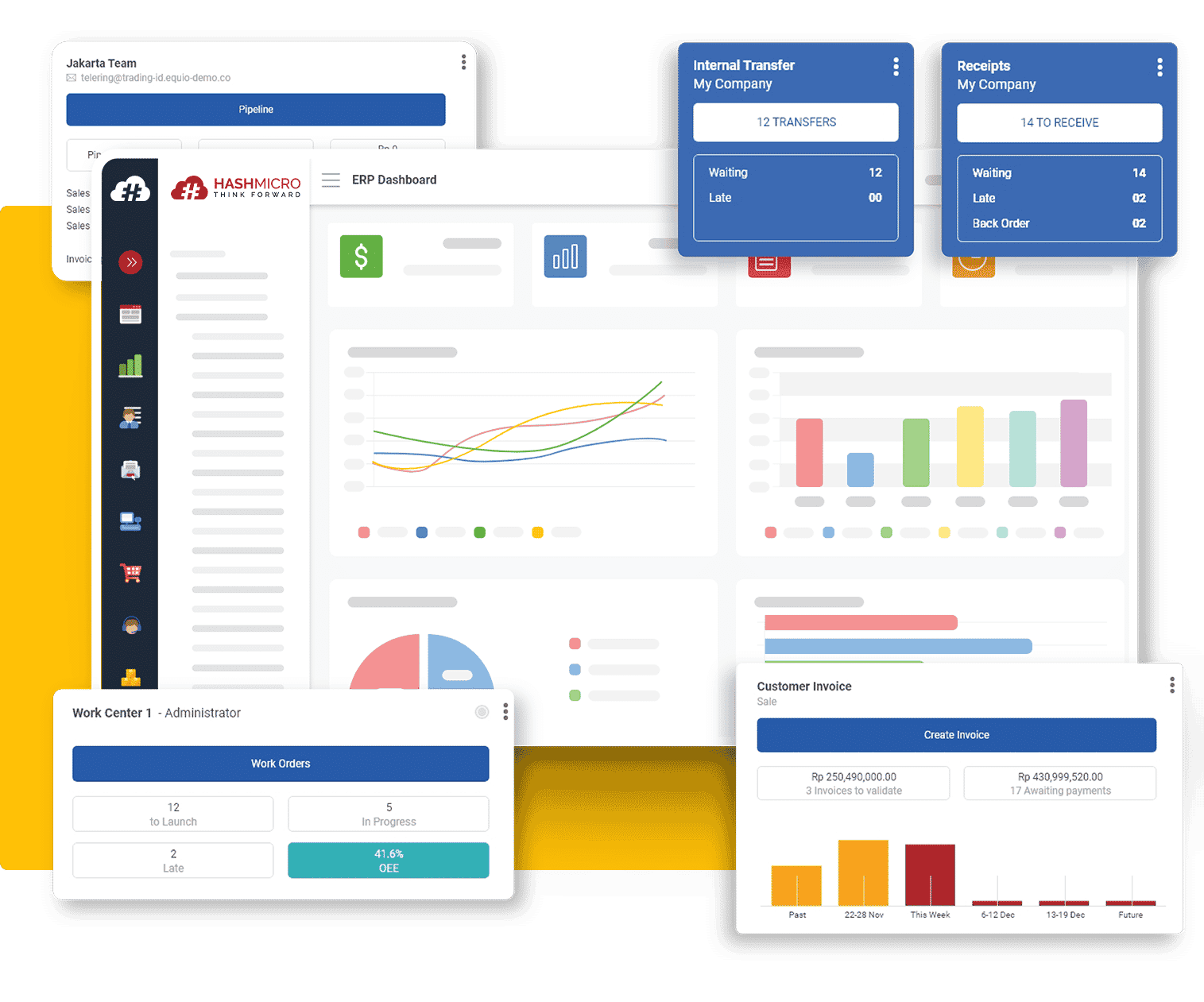
Hash Core stands as the most comprehensive SaaS ERP system designed by HashMicro, an ERP system provider and consultant based in Singapore. Hash Core’s goal is to aid businesses, especially small to medium-sized enterprises, in growing through business process automation.
HashMicro provides users with the flexibility to choose modules that suit their needs. Some available modules include accounting, CRM, procurement, inventory management, and POS for retail and restaurant businesses.
Thus, HashMicro not only simplifies access to SaaS ERP application technology but also enables users to tailor their experience to meet their unique business requirements.
Flexibility and accessibility are prioritized within HashMicro’s system to meet the diverse needs of clients across various industries.
This service provider also has a team of experts dedicated to wholeheartedly addressing your inquiries. Additionally, HashMicro offers a free demo for those interested in exploring this SaaS ERP system in-depth and with detail.
Also Read: Best ERP Software Recommendations – Explore the best software options available this year and find the right fit for your business needs.
Conclusion
SaaS or ERP subscription might be the most beneficial option in several situations. Many business or personal activities greatly benefit from SaaS services. With cloud-based solutions, you don’t need to constantly monitor computers or install specialized software. As long as you have internet access, you can use SaaS services anytime.
HashMicro is one of the trustworthy SaaS application providers delivering top-notch ERP Systems in Indonesia with international standards to elevate your business to the highest level. By following and carefully considering these tips for selecting the right ERP solution, you can make a significant impact and determine the direction of your business success.
To explore the cost before trying the ERP system, you can contact our sales team. You can also click the image below. Make your decision a success by choosing a reliable ERP solution provider as your partner.
Frequently Asked Questions About SaaS ERP
What does ERP SaaS mean?
ERP SaaS refers to enterprise resource planning software that is hosted and managed by the vendor in their own data center, rather than installed on a company’s in-house servers (on-premises ERP). Employees can access the system via the internet.Is ERP categorized as SaaS or PaaS?
ERP is typically offered as a SaaS solution. In cloud computing, SaaS is often preferred over PaaS because it saves businesses from the cost and effort of building and maintaining their own systems. Examples of SaaS applications include ERP and CRM software.Is ERP the same as CRM?
No, they serve different purposes. While both ERP and CRM deliver operational benefits, they are not identical. CRM focuses on customer-facing areas like sales, marketing, and support, whereas ERP manages back-end processes such as finance, HR, and operations.





